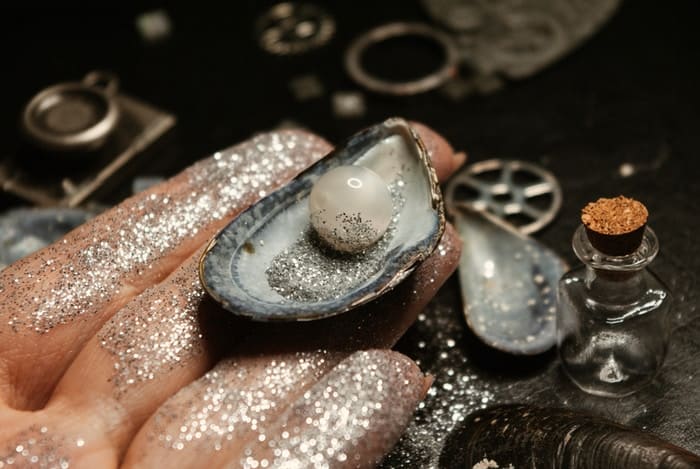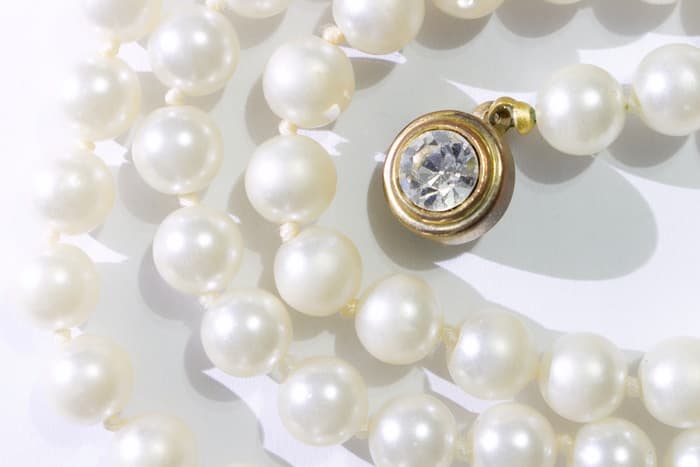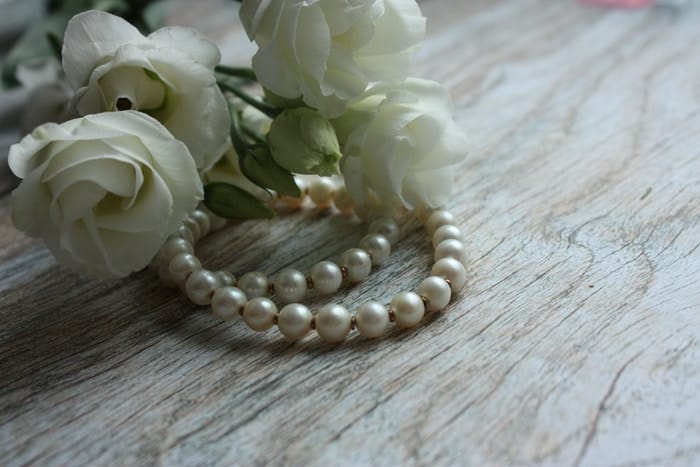Every lady must have a piece of pearl jewelry as a part of her jewelry collection. There are two primary types of colors, namely cultured pearls and natural pearls. Both of these are wonderful choices for fine jewelry pieces such as earrings and necklaces.

Natural pearls are quite expensive and rare while their cultured counterparts are more affordable and available. Most jewelry pieces you can find in the market right now are almost exclusively crafted using cultured pearls. The natural ones are made with no human involvement while cultured pearls need human intervention. Natural pearls are almost all antiques sold for higher price tags at auctions.
No single factor determines the value of a pearl. When judging a pearl’s value, the shape, surface, luster, and size should all be taken into consideration.
Factors to Consider when Buying Pearls
The rareness of natural pearls is the reason for their higher price tag. Many natural pearls are already harvested that can be purchased through auction. You can expect to pay lower for cultured pearls although prices may differ based on the size and origin of the pearl.
South Sea and Akoya cultured pearls are among the most valuable ones you can find in the market. Large-sized and high-quality pearl necklaces made from these pearls range from $10,000 up to $100,000.
The quality of pearl depends on its source, the way it was formed, as well as other factors of quality. There is no general consensus regarding the grading of pearls which makes comparing them a bit tricky. The luster, shape, color, and size are the criteria that determine the pearl’s quality. Nacre thickness is essential as well, with a thicker one producing long-lasting pearls.
Larger pearls have higher value, and it is because a mollusk requires more time to produce a bigger pearl. The pearl’s size depends on the style and type of jewelry you like.
As for shape, the most valuable ones are round pearls.

Colors
Off-white or white is the most common work color of pearls although cream, silver, black, yellow, or pink are popular as well. Pearls may also have an overtone or a hint of secondary color that is visible when light reflects off the surface of the pearl. A pearl strand might appear white, for instance, but once scrutinized more closely, there might be an apparent pink overtone.
It is also possible to dye pearls with all colors of the rainbow. Reds, blues, rich greens, and other colors can make traditional pieces of pearl jewelry trendier and more modern.
Gray, rose silver, or white cream gold blue pearls appear in colors ranging from black to rose. Although the color is a matter of personal taste, white or silver or rose pearls are flattering on fairer skin tones. Gold-tone or cream cultured pearls look best on darker complexions.
Clarity
The absence of blemishes or inclusions increases a pearl’s value. Human intervention is required in cultured pearls to ensure that the environment stays as clean as possible. Try to search for pearls with little to no imperfections at all.
Pearls produce an intense and deep shine called luster. It is the most critical feature of pearls and must always be your main concern. Luster refers to the intensity and sharpness of reflections on the surface of the pearl.
To determine a finer luster, check the clarity of images reflected on the surface of the pearl. The luster is better if you see reflections closer to a mirror image. Fine luster pears also look like they are glowing warmly from within. Although many pearls are lustrous, larger pearls have more evident luster due to the larger nacre deposit.
Cut
The traditionally most favored shape or cut of pearls is round. But you can also find them in many sizes and shapes, with baroque-, oval-, potato-, and rice-shaped pearls starting to gain more popularity.
Pearls can also be scratched, wrinkly, or bumpy on the surface. Be careful when checking to ensure an unblemished and smooth surface.
Also, inspect the location of the drilled hole in the pearl. When it looks cracked, it indicates a thin pearl that might be susceptible to more cracks over time.

Carat Weight
Pearls are normally described mainly according to diameter or size in millimeters instead of their weight. But if pearls are bought on farm wholesale before precision machining, these are usually bought by weight.
The pearl’s weight can be provided if it is particularly large. Pearl units are typically expressed in 3 unites, namely momme, grains, or carats. Cultured pearl weights are typically measured in momme or carats with natural pearl weights often expressed in grains. One grain is equivalent to 0.25 carat.
Setting
To prevent the possible concerns of pearls becoming loose and falling off that may lead to them getting lost forever, a prong setting is a good option to consider. Rather than having a peg that goes in the pearl, a prong setting uses prongs that hold the pearl from different sides.
A prong setting is much safer compared to those that use glue and pegs. However, it is still important to be extra careful because the pearl might crack if you hit it hard.
The good news is that prongs don’t exert a lot of pressure on the pearl while holding it in place securely. You can expect your pearls to be safe provided that you handle them with care.
Just don’t forget to remove your pearl jewelry pieces before you do any work that poses risks of bumping or hitting them.
Conclusion
If you want to buy natural perfectly round pearls, a large pocketbook and patience are necessary. Many of the pearls you can find on the market these days are made through culturing, offering a wealth of options to choose from for pearl buyers.
Pearls are among those selected few gemstones that are not measured by carats. When choosing a pearl, the most important aspect you need to consider is luster. The finest pearls are reflective and metallic just like mirrors. Use this guide to find the perfect pearl to add to your precious jewelry selection.



